Nickel or bronze or aluminum valves- One of our main items are aluminum bronze valves. The following are their attributes, makeups, benefits, and uses.
Overview
What is bronze made of aluminum? We refer to it as nickel aluminum bronze at times. Aluminum is the primary alloy constituent in this copper-based alloy. It is a high-strength, heat-resistant, and corrosion-resistant aluminum bronze that contains iron and manganese components.
Aluminum bronze valves are ideal for settings that are saline and corrosive. Like C95500 and C95400, the standard specification is ASTM B148 C95800, which offers high tensile strength, easy machining, suitable bearing materials, and good castability. Additionally, they are a good and significantly less expensive alternative to duplex, super duplex, and monel for seawater applications, particularly in low-pressure scenarios.
Material characteristics or properties
High strength and good resistance to wear are characteristics of aluminum bronze. It is applied to wear-resistant components, copper sleeves, sealing rings, high-impact screws, and nuts. Its excellent resistance to wear is its most notable quality. Aluminum bronze typically contains no more than 11.5% aluminum, and to enhance its functionality, appropriate amounts of iron, nickel, manganese, and other metals are occasionally added. Heat treatment is one way to strengthen aluminum bronze. Both its strength and resistance to oxidation at high temperatures are superior to those of tin bronze.It has good resistance to oxidation and corrosion at high temperatures, particularly in fresh water, sea water, and the atmosphere. It may also increase hardness after quenching and tempering. It is machinable, capable of welding, difficult to braze, and has good hot pressure machining.
When compared to conventional bronze alloy valves, the remarkable corrosion resistance, strength, and toughness of these unique alloy valves make them highly prized. In addition to being resistant to tarnish, these alloys exhibit low rates of oxidation at high temperatures, corrosion in air circumstances, and reactivity with sulfurous chemicals and other combustion exhaust products. Additionally, they are resistant to corrosion in seawater, which is particularly advantageous in situations where pitting, stress, and corrosion fatigue are present.
The aluminum component of the alloy, which combines with ambient oxygen to create a thin, durable layer of aluminum oxide (alumina oxide) that serves as a corrosion barrier for copper-rich alloys, is what gives aluminum bronze its resistance to corrosion.
The bio-static properties of aluminum bronzes are yet another outstanding quality. The alloy's copper component keeps marine life including algae, lichens, barnacles, and mussels from colonizing. As a result, in certain applications, it might be better than stainless steel or other non-cupric alloys. Bronzes made of aluminum typically have a golden hue.
Compositions
Aluminum Bronze is an alloy composed of iron, nickel, and aluminum that is based on copper. Every part is modified to increase machinability, strength, and resistance to corrosion. The compositions of the most widely used standard aluminum bronze, which are categorized into ASTM B148 and ASTM B150 standards, are listed in the following tables.
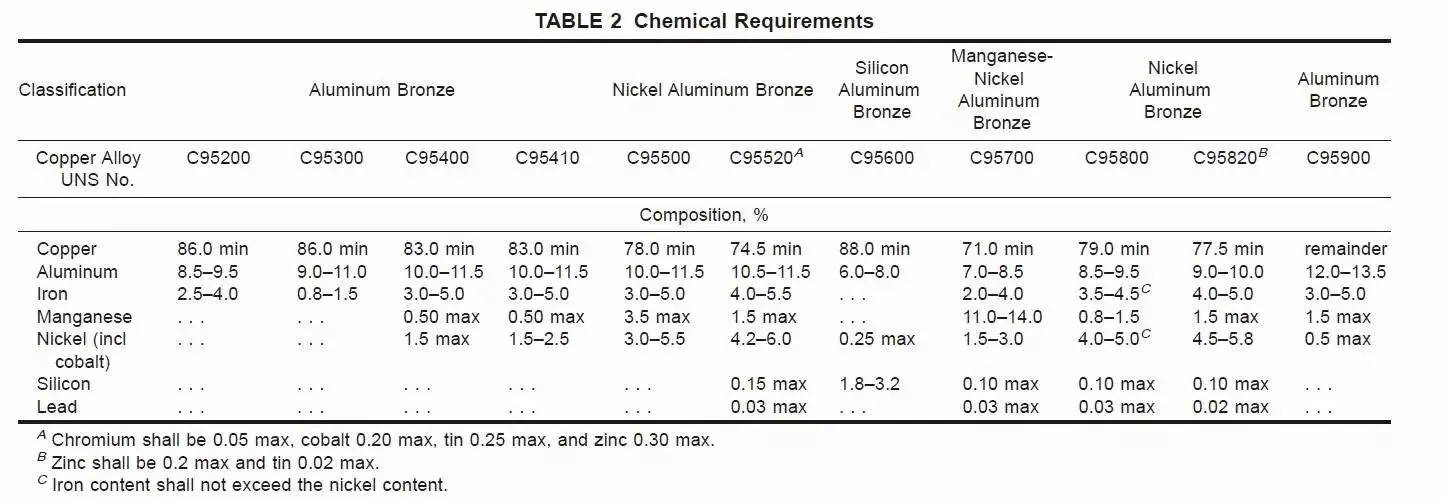
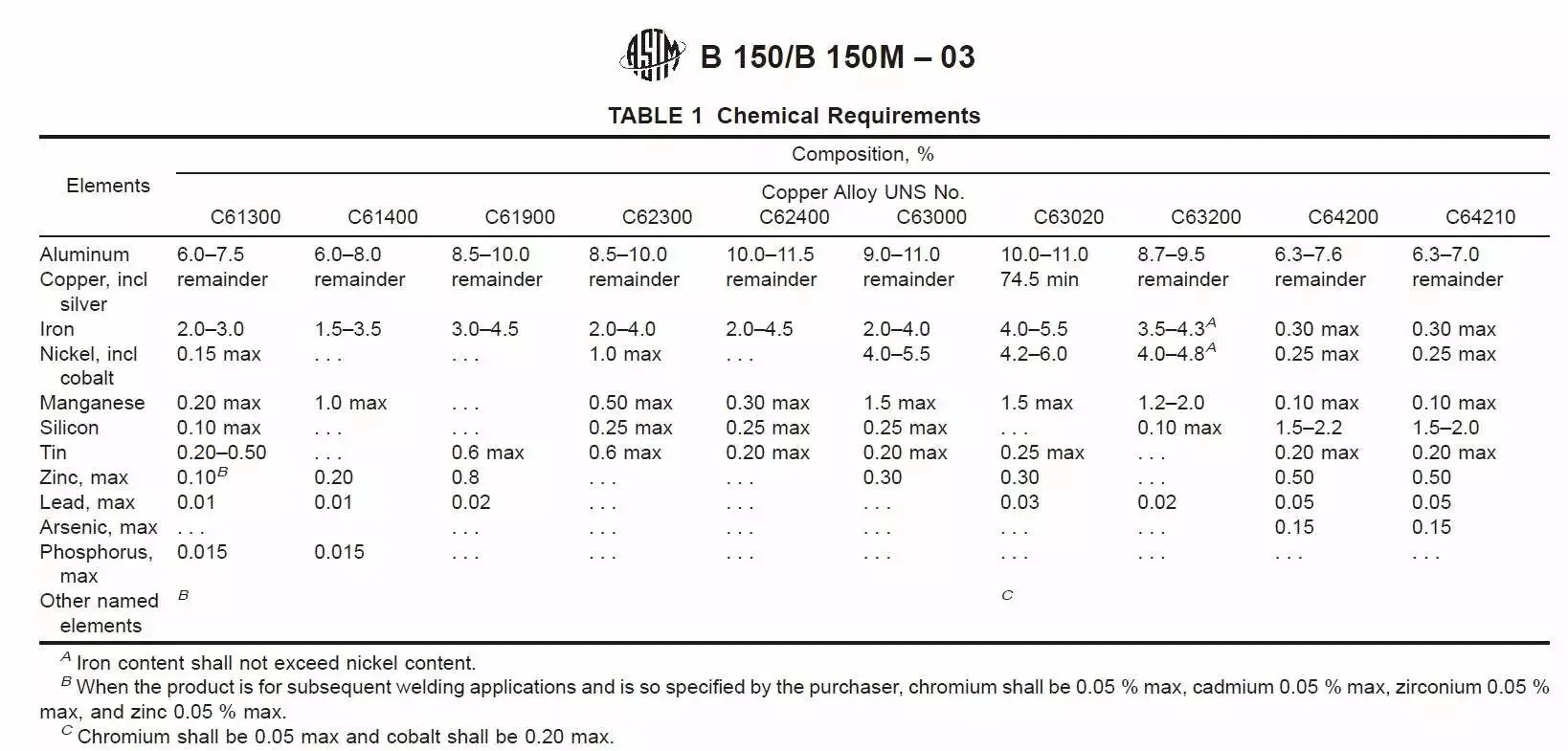
Advantages
Due to their many benefits, aluminum bronze alloys should be taken into consideration rather than titanium, duplex, or super duplex alloys. They offer numerous other benefits in addition to their strong resistance to corrosion from seawater:
- High mechanical strength
- Low density (5% lighter than steel)
- Non sparking
- Low magnetic permeability
- High corrosion resistance, especially in the marine atmosphere
- Good stress corrosion properties
- Good cryogenic properties
- Good resistance to cavitation
- Good resistance to bio-fouling
- Being cheaper compared with Titanium
Applications
Applications where corrosion resistance outperforms that of other manufactured materials are where aluminum bronzes are most frequently utilized. These applications include ship propellers, underwater fastenings in naval design, engine components, particularly for seagoing ships, and simple bearings and landing gear components on airplanes. The following sectors and domains have high demand for aluminum bronzes:
- General sea water-related service
- Water supply
- Oil and petrochemical industries such as tools for non-sparking environments
- Professional anticorrosion applications
- Certain structural retrofit building
- Civil and military industry
Pure argon gas with an aluminum bronze core can be used in the MIG welding process to fuse aluminum bronze. Although brazing is difficult, gas and electric welding are both possible.
Sizes: 1/2 Inch - 60 Inch (DN15 - DN1500).
Design Pressure: Class 150 - 900 LB, PN10 - PN160.
Design Standards: EEMUA 182, ASME B16.34, API 608, API 6D.
Design Temp.: -29℃ - 260℃.
Body materials: ASTM B148 C95400, C95500, C95800, ASTM B150 C63000, C63200.
End connections: NPT, Flange.
Operation: Hand lever, gearbox, pneumatic.
Applications: for sea water, offshore and marine.

Sizes: 1/2 Inch - 60 Inch (DN15 - DN1500).
Design Pressure: Class 150 - 900 LB, PN10 - PN160.
Design Standards: API 602, API 600, ASME B16.34, EN 1984.
Design Temp.: -29℃ - 260℃.
Materials: ASTM B148 C95400, C95500, C95800, ASTM B150 C63000, C63200.
Connection Ends: NPT, Flange.
Operation: Hand wheel, gearbox, electric.
Applications: for sea water, offshore and marine.
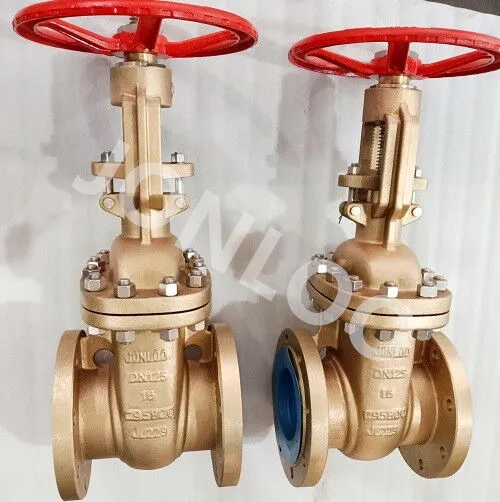
Sizes: 1/2 Inch - 24 Inch (DN15 - DN600).
Design Pressure: Class 150 - 900 LB, PN10 - PN420.
Design Standards: BS 5352, BS 1873, ASME B16.34.
Design Temp.: -29℃ - 260℃.
Materials: ASTM B148 C95400, C95500, C95800, ASTM B150 C63000, C63200.
Connection Ends: NPT, Flange.
Operation: Hand wheel, gearbox, electric.
Applications: for sea water, offshore, marine.
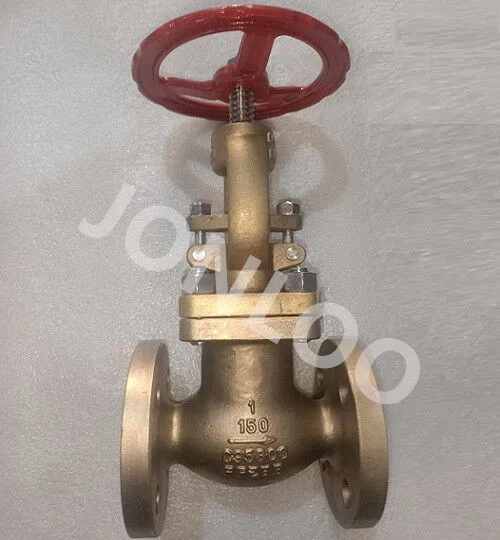
Sizes: 1/2 Inch - 24 Inch (DN15 - DN600).
Design Pressure: Class 150 - 900 LB, PN10 - PN420.
Design Standards: API 602, BS 1868, ASME B16.34.
Design Temp.: -29℃ - 260℃.
Materials: ASTM B148 C95400, C95500, C95800, ASTM B150 C63000, C63200.
Connection Ends: NPT, Flange.
Applications: for sea water, offshore, marine.

Sizes: 1/2 Inch - 60 Inch (DN15 - DN1500).
Design Pressure: Class 150 - 600 LB, PN10 - PN100.
Design Standards: API 609, MSS SP-67.
Design Temp.: -29℃ - 260℃.
Materials: ASTM B148 C95400, C95500, C95800, ASTM B150 C63000, C63200.
Connection Ends: Wafer, Lug, Flange.
Operation: Hand lever, gearbox, pneumatic.
Applications: for sea water, offshore, marine.

Sizes: 1/2 Inch - 48 Inch (DN15 - DN1200).
Design Pressure: Class 150 - 900 LB, PN10 - PN160.
Design Standards: API 602, ASME B16.34.
Design Temp.: -29℃ - 260℃.
Materials: ASTM B148 C95400, C95500, C95800, ASTM B150 C63000, C63200.
Connection Ends: NPT, Flange.
Applications: for sea water, offshore, marine.
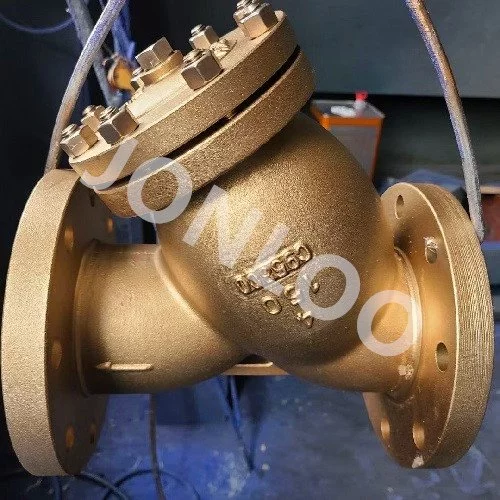
Previous: Long Pattern vs Short Pattern Ball Valve
